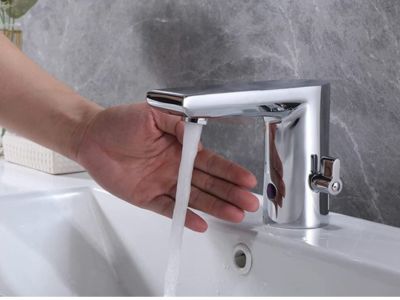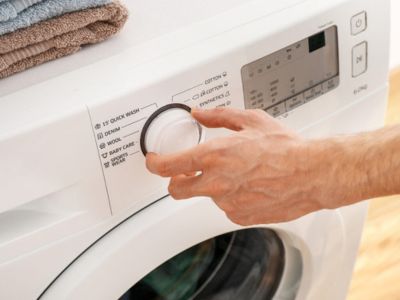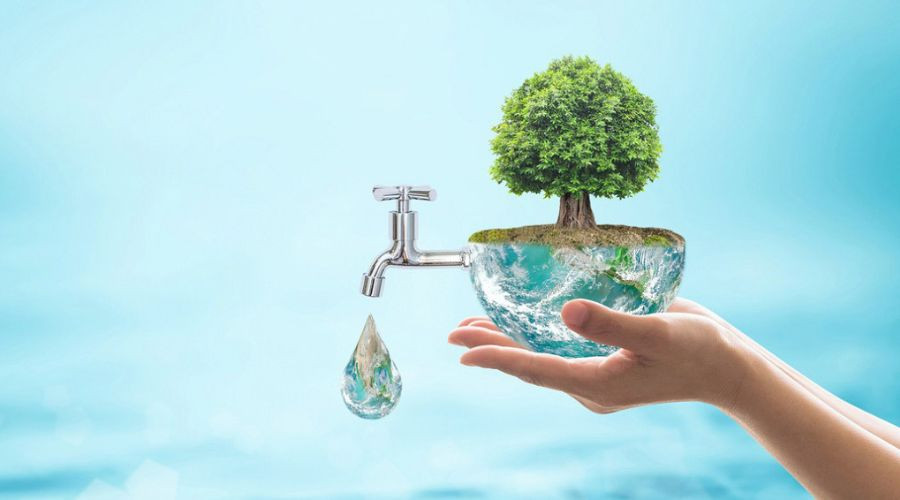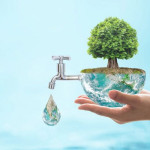Make Your Plumbing More Eco-Friendly and Save on Utility Bills
With Earth Day this month, many homeowners are looking for ways to reduce their environmental impact and save money on utility bills. One area where eco-friendly changes can have a significant effect is plumbing. By upgrading to water-saving and energy-efficient appliances and fixtures, homeowners can make their plumbing systems more environmentally friendly by saving water and reducing energy usage, saving them money on utility bills. This article will explore some upgrades that can make the plumbing more eco-friendly when installed.
Water-Saving Fixtures
 Installing water-saving plumbing fixtures is one of the easiest hands-off ways to reduce water usage in a home. Water-saving toilets, low-flow showerheads, and touchless faucets are all designed to minimize water waste without sacrificing performance. Homeowners may also consider installing faucet aerators, which add air to the water flow, reducing water usage without compromising water pressure.
Installing water-saving plumbing fixtures is one of the easiest hands-off ways to reduce water usage in a home. Water-saving toilets, low-flow showerheads, and touchless faucets are all designed to minimize water waste without sacrificing performance. Homeowners may also consider installing faucet aerators, which add air to the water flow, reducing water usage without compromising water pressure.
Touchless faucets are a great option, as they can prevent water waste by shutting off automatically when not in use. There are also many types of water-saving toilets for homeowners to choose from, including dual flush toilets, which have two flush options that use different amounts of water per flush. Installing these types of water-efficient fixtures can significantly reduce water consumption and save homeowners money on their water bills.
Energy-Efficient Appliances
 Energy-efficient plumbing fixtures and appliances use less energy than their traditional counterparts. For example, high-efficiency water heaters, dishwashers, and washing machines use less energy to perform the same function, significantly reducing a household's energy usage and saving homeowners money on energy bills.
Energy-efficient plumbing fixtures and appliances use less energy than their traditional counterparts. For example, high-efficiency water heaters, dishwashers, and washing machines use less energy to perform the same function, significantly reducing a household's energy usage and saving homeowners money on energy bills.
Additionally, some energy-efficient appliances also use less water than standard models, such as clothes washers and dishwashers, which can further reduce a home's water usage and save on water costs in addition to energy costs. Energy Star-certified washing machines, for example, use around 20% less energy and 30% less water than normal washers.
Pipes and Energy Efficiency
The materials, diameter, and layout of pipes can all impact a household's energy efficiency. The type of pipe material used in a plumbing system plays a vital role in determining the overall energy efficiency of a household's plumbing. This is due to specific materials requiring more energy for heat retention, as well as varying insulation levels and durability.
The diameter of the pipe is also important when considering plumbing efficiency. A larger diameter means more water can pass through at any given time, making it easier to get hot water quickly without wasting energy. The layout of the pipe system also plays a role in efficiency; longer runs and multiple turns increase resistance and require more energy to move the water. Installing pipes with as few turns and bends as possible ensures that hot water can reach its destination faster, using less energy overall. A plumber can assess a home's plumbing and recommend upgrades to improve water and energy efficiency.
About VanDerBosch Plumbing Inc.
VanDerBosch Plumbing Inc. has over three decades of experience serving Chicago and the surrounding areas. They provide same-day service, straightforward pricing, and after-hours service. Call them today for plumbing services in Chicago, IL.





























